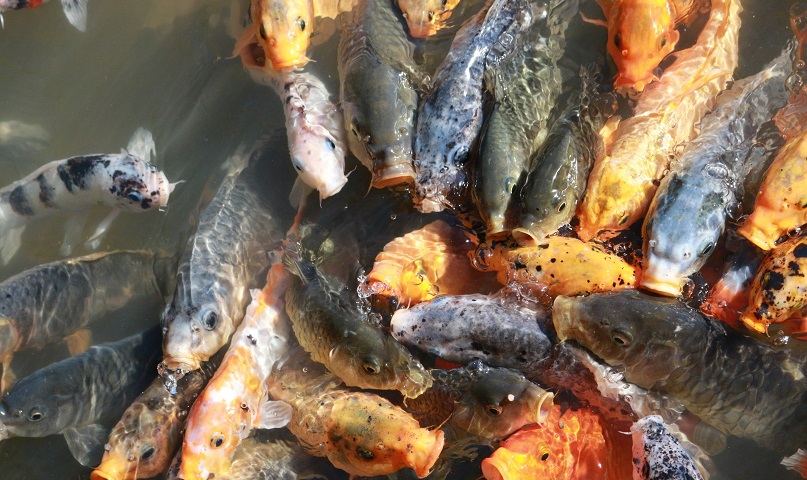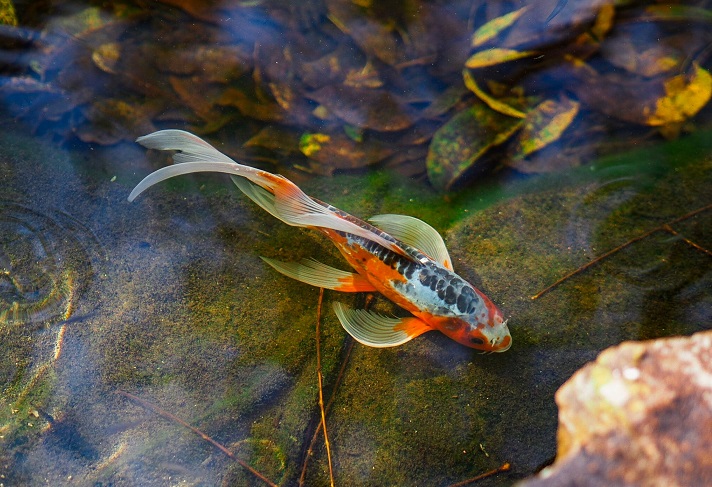Clean water is an important part or main component of life that supports economic, consumption, health, and other aspects. however the development of human civilization, the more environmental problems one of which is water pollution contaminated by Ferrum (Fe). Usually, water containing Ferrum (Fe) will turn yellow-brown after some time in contact with air and have a bad smell’nt. Water contaminated by Ferrum (Fe). if it exceeds the maximum limit for consumption, it is very dangerous for the body because it can cause various kinds of diseases such as neurodegenerative diseases, both Alzheimer’s, and epilepsy.

Epilepsy is a disease that attacks the part of the central nervous system or brain where the condition causes a person to experience seizures. Usually, this disease attacks children which has a long-term impact on the child’s growth and development, but it does not rule out adults also have the potential to suffer from this disease. While Alzheimer’s disease is located in the part of the brain that results in decreased ability to think, decreased memory, decreased ability to speak, and behavioral changes, such as when people are 56 years of age and over.
In general, the filtration process using zeolites can reduce Ferrum (Fe) levels in the water, because natural zeolites are a type of mineral or compound composed of hydrated silica (SiO2) with the cations sodium (Na), potassium (K), and barium (Ba), whereas zeolite synthetic usually contains potassium (K+) and sodium (Na+) compounds. so that zeolites have unique properties such as filtering or separating molecules based on the size and configuration of the molecule, easy to modify, reusable, and non-toxic, so it is very good to be used as an adsorbent as well as a natural exchange material.
Adsorption is the process of adsorption of one substance by another substance that occurs on the surface. In the adsorption process, there will be a physicochemical mechanism in the form of a process of separating components from a fluid phase or Fe2 ions in the air and moving to the surface of the solid as an absorbent (zeolite).








